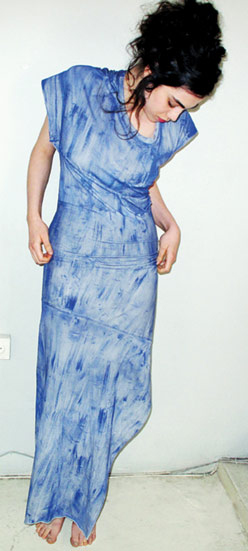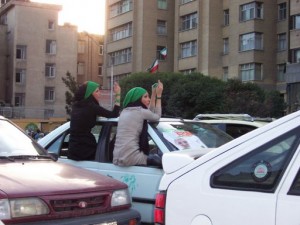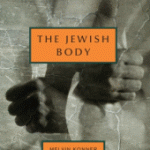
Zeek at Jewcy.com, July 20, 2009
Israel is at war again. This time, the frontline is deep within the country’s borders—South Tel Aviv.
Home to African refugees, foreign workers, and economically disadvantaged Israelis, South Tel Aviv was once a picture of pluralism and coexistence. Indian, Nepali, Chinese, and Filipino workers gathered in tight clusters, chattering in their mother tongues. Refugees from Darfur, Sudan, and Eritrea lined South Tel Aviv’s parks, their children sharing brightly colored swings and slides with Hebrew-speaking Filipino kids, many of whom were born and raised in Israel.
And then came Operation Oz.
On July 1, hundreds of refugees and foreign workers were detained in a massive South Tel Aviv raid that marked the beginning of Operation Oz. Waves of arrests continued in the following days. Legal foreign workers and asylum seekers were not immune—they were rounded up and warned to keep out of Tel Aviv. The next time they were caught, the police cautioned them, they would be imprisoned—with their papers in hand.


